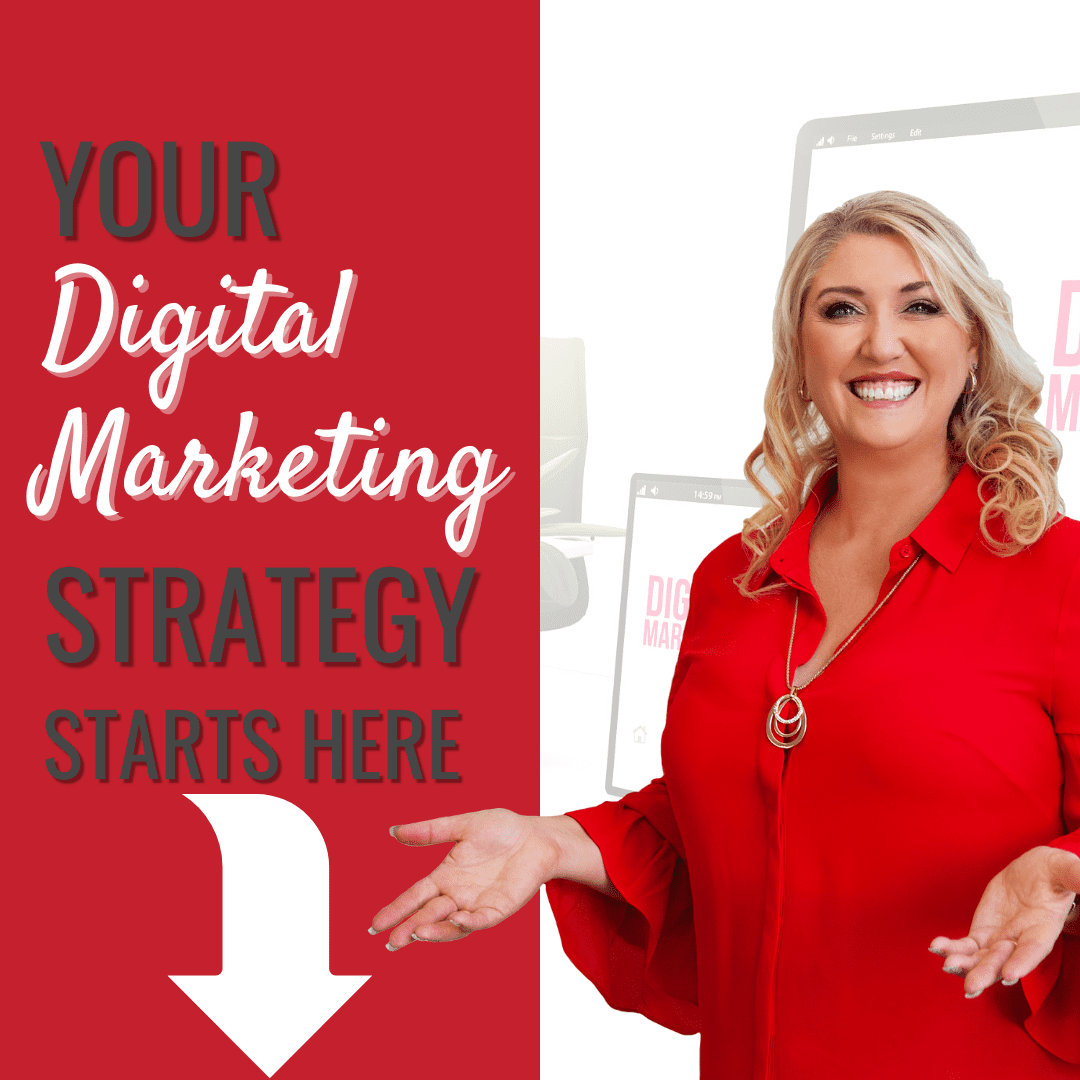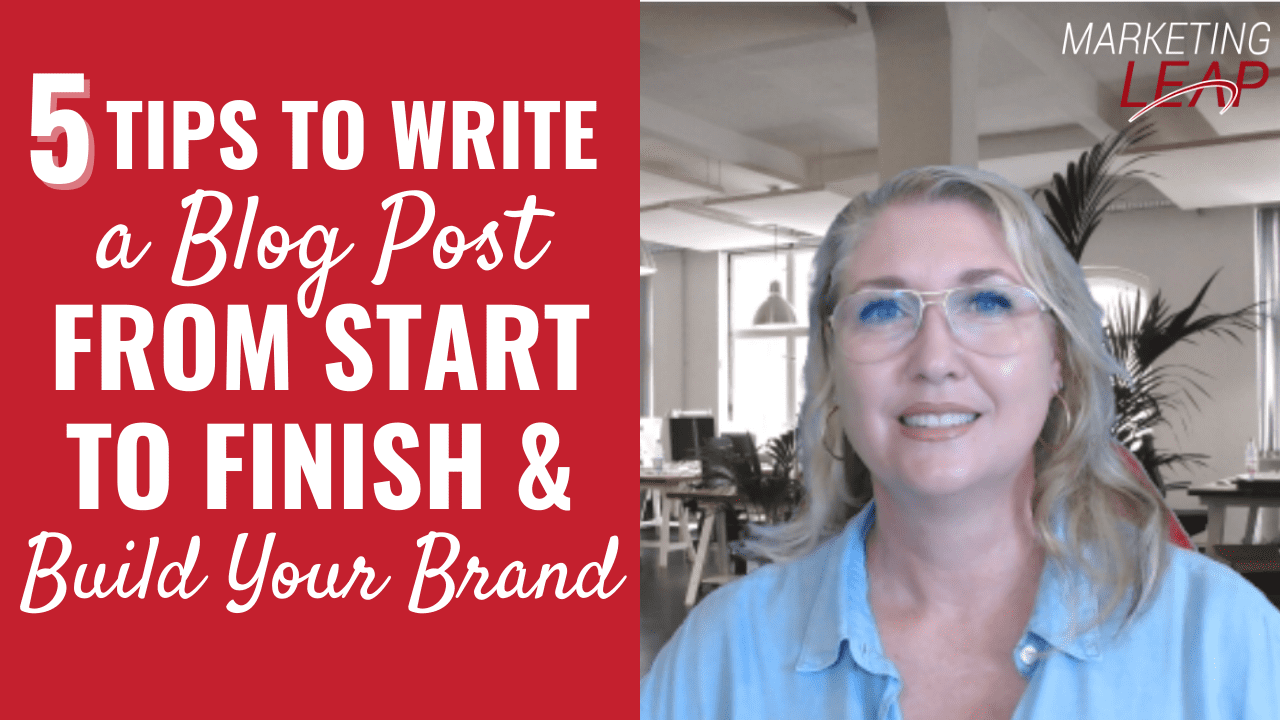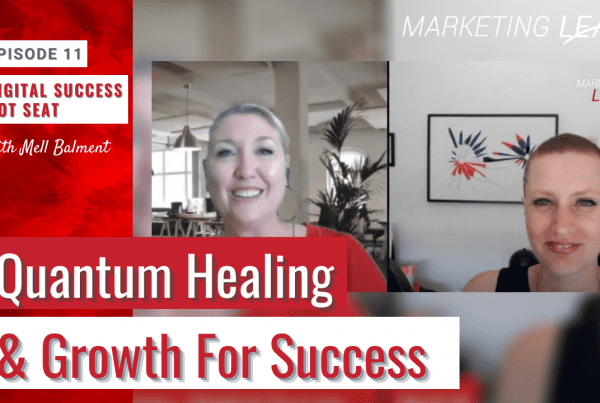Are you not sure how to compose blog posts? Is there a format to follow? What should you include?
TL;DR - Click here to Watch the Videos BelowIf you’ve read any of my blog posts, you’ll notice that they ALWAYS follow a similar structure. And it’s not just a coincidence. There’s a reason behind this. This formula not only boosts the number of people who read your blog articles by driving more traffic to your website, but it will also keep Google and other search engines happy in terms of SEO. Don’t stress about having a fantastic blog post. Concentrate on creating a blog that is beneficial to your visitors.
In the previous blog, I talked about the elements you need when developing your blog post. Now, to construct a blog, here’s a step-by-step guide to how I do it from start to finish.
#1 Write An Interesting Headline
 When you’re writing, it’s easy to ignore headlines. Headlines might become an afterthought, but we should give them far more care. Your title may be more significant than the content itself. After all, why care how fantastic your blog article is if no one reads it?
When you’re writing, it’s easy to ignore headlines. Headlines might become an afterthought, but we should give them far more care. Your title may be more significant than the content itself. After all, why care how fantastic your blog article is if no one reads it?
Modern blog headers are hard to write since they must be SEO keyword friendly while still being original and interesting. The result should be highly clickable, with appealing headlines. Here are some tips you can follow to write an interesting headline:
- Use words and phrases that are meaningful to your audience.
- Ask questions.
- Use numbers because they are a psychological trigger that causes the reader to ponder.
- Keep it short and to the point.
- Optimise for keyword performance and search performance.
- Use Google Search, Google Trends, or AnswerthePublic to conduct your research.
Make time to concentrate on effective headline writing. Don’t speed through it; instead, choose a few favourites and think about which would work best. Your article’s headline will make or break it, so give it the time and care it deserves!
#2 Use Images in your Blog Post
 When confronted with a wall of text, a reader’s initial instinct is normally to seek another source. That is why images are a helpful tool that may transform your material from boring to fascinating. The text is a small part of it. Visuals are a make-or-break aspect of content marketing success. Here’s some evidence in favour of powerful blog images:
When confronted with a wall of text, a reader’s initial instinct is normally to seek another source. That is why images are a helpful tool that may transform your material from boring to fascinating. The text is a small part of it. Visuals are a make-or-break aspect of content marketing success. Here’s some evidence in favour of powerful blog images:
- On Facebook, image postings receive 2.3 times more interaction than text ones.
- People who follow directions with images outperform those who follow directions without illustrations by 323%.
- When you hear something, you will recall just 10% of it three days later. If you include a picture, you will remember 65% of the information.
Images not only make the material more accessible, memorable, and shareable, but they also correlate with how humans absorb content. According to a NN Group survey, the average visitor reads just around 20% of the words on a page.
So, how do you choose the right images?
- Never compromise on quality.
- Use photos of faces because studies say that people are hard-wired to be drawn to faces.
- Colour draws the eye to the image and promotes interest.
- Consider adding infographics.
- Always ensure that you have the licenced rights to use an image.
Your blog articles’ visuals tell a story just as much as the text does. It is critical not only to include photographs but to include the correct images to assist you in crafting and telling that tale.
#3 Add Connection or Hook
 Writing about the same topic, genre, or concept regularly becomes tedious quickly. To keep your material fresh and entertaining for readers, provide content hooks that grab their attention and pulls them in. We refer these to as “connection hooks” because they tie an idea to something else that readers care about.
Writing about the same topic, genre, or concept regularly becomes tedious quickly. To keep your material fresh and entertaining for readers, provide content hooks that grab their attention and pulls them in. We refer these to as “connection hooks” because they tie an idea to something else that readers care about.
Give the reader the impression that if they keep reading, it will help them find a solution for their pain points or give value to their community by sharing. This is your ACE – the topic or statement that the rest of the blog revolves around.
I frequently begin my blog post with a question as my hook. People are more likely to respond when they are asked a question. A yes or no question will elicit a response from the reader even if it is only internally. It immediately establishes a link.
What type of problem would you like to solve when they read your blog?
#4 Body
 Provide them with no other option than to share your content. Anchor them back to your ACE. These apply to any topic. Whether you’re writing about travel, inspiration, digital marketing, food, animals, or anything else, these ideas are critical for keeping the reader interested until the finish of your blog article.
Provide them with no other option than to share your content. Anchor them back to your ACE. These apply to any topic. Whether you’re writing about travel, inspiration, digital marketing, food, animals, or anything else, these ideas are critical for keeping the reader interested until the finish of your blog article.
Here are some ideas for engaging your audience.
- Readability is key. For visitors to appreciate the content, the design should emphasise it and not distract visitors away from it.
- Choose short, punchy sentences instead of long, bulky paragraphs and aim to pack a punch with short, action-packed statements.
- Sub-headings and bullet points make it easy for readers to skim your content.
- Appropriate formatting helps your readers spot the most important information.
- Encourage your readers to trace their eyes from line to line with short sentences.
- Mention influencers. Include relevant links, sources, and content from key influencers in your industry.
- The ideal length is 2,000 words and above. Think about your audience but also think about search engines.
#5 Conclusion
 Finish with a boom! Ask for something more to entice the reader to return for more. Conclusions may be tough to write, no matter how long you’ve been creating material for your blog or how well-versed you are in the issues you’re covering. Introductions aren’t any simpler when starting a blog, but wrapping up your blog post may be challenging, and some authors struggle so much with concluding their posts that all of their conclusions sound the same. Such a monotonous tone becomes tedious and stale after a time.
Finish with a boom! Ask for something more to entice the reader to return for more. Conclusions may be tough to write, no matter how long you’ve been creating material for your blog or how well-versed you are in the issues you’re covering. Introductions aren’t any simpler when starting a blog, but wrapping up your blog post may be challenging, and some authors struggle so much with concluding their posts that all of their conclusions sound the same. Such a monotonous tone becomes tedious and stale after a time.
The manner you finish a blog post is determined by the article’s aim. Whether you aim to raise brand recognition or generate leads, the end of your post might urge your readers to:
- Share your content to broaden your reach.
- As a leader, you will have additional possibilities for nurturing.
- Subscribe to your blog and become a regular reader, which enhances their brand engagement.
- Proceed to the next stage of their purchasing experience.
You want to keep your readers engaged in your brand, and the conclusion is your final best chance to generate some ROI from the material you’re creating.
Conclusion
Writing a blog post can help you raise brand recognition, establish yourself as a thought leader and expert in your field, generate quality leads, and increase conversions. Follow the processes and recommendations we discussed above to publish and improve your blog right away.
Don’t forget to Check out our library of FREE Resources & Downloads to help you grow your business and develop your business story! We offer a full range of done for you realistic, practical marketing solutions for your business that deliver results and hit the spot with your customers. You can check out what we do here.
Prefer structured mentoring? I also offer a 12 week 1to1 mentoring program designed to Give You Clarity, Generate leads & STOP DROWNING IN THE OVERWHELM!
There are also 2 hours Strategy Sessions available. If it’s time to get a Clear Action Plan, Digital Strategy Map & Checklists, you can check out the details here!
Regardless of what you need when it comes to online marketing, take the Leap … we are your springboard to success!
FAQs To Know About Blog Post Writing
- Use words and phrases that are meaningful to your audience.
- Ask questions.
- Use numbers because they are a psychological trigger that causes the reader to ponder.
- Keep it short and to the point.
- Optimize for keyword performance and search performance.
- Use Google Search, Google Trends, or AnswerthePublic to conduct your research.
- On Facebook, image postings receive 2.3 times more interaction than text ones.
- People who follow directions with images outperform those who follow directions without illustrations by 323%.
- When you hear something, you will recall just 10% of it three days later. If you include a picture, you will remember 65% of the information.
- Never compromise on quality.
- Use photos of faces because studies say that people are hard-wired to be drawn to faces.
- Colour draws the eye to the image and promotes interest.
- Consider adding infographics.
- Always ensure that you have the licenced rights to use an image.
- Readability is key. For visitors to appreciate the content, the design should emphasise it and not distract visitors away from it.
- Choose short, punchy sentences instead of long, bulky paragraphs and aim to pack a punch with short, action-packed statements.
- Sub-headings and bullet points make it easy for readers to skim your content.
- Appropriate formatting helps your readers spot the most important information.
- Encourage your readers to trace their eyes from line to line with short sentences.
- Mention influencers. Include relevant links, sources, and content from key influencers in your industry.
- The ideal length is 2,000 words and above. Think about your audience but also think about search engines.

























